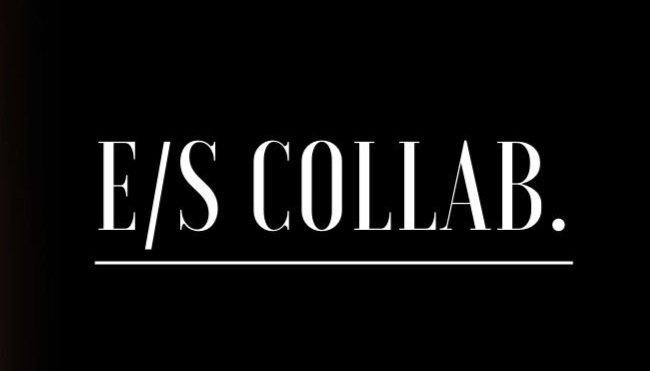Production Insurance Won’t Insure Against COVID-19. So, Now What?
It’s been over a year now since the World Health Organization declared COVID-19 a global pandemic. The film and television industry regrouped and did what creative industries do best - they got creative. States established clear COVID-19 compliance guidelines, the Return to Work Agreement was entered into which has just recently been extended, the guild and unions established The Safe Way Forward Protocols, new technologies emerged allowing for remote shoots and where a set was required, productions got lean with micro-shoots. All of this to say, the industry found ways to protect its people and to continue making content in a time where doing so was incredibly difficult. The new ‘normal’ in this industry can be hands down characterized by entrepreneurship and creative problem solving.
Unfortunately, the new ‘normal’ has also resulted in production insurance not insuring against COVID-19 related interruptions, leaving productions exposed to serious potential loss. Despite this, there are work arounds and ways to mitigate a production’s risk in the absence of adequate insurance cover.
Flexibility with Location and Location Agreements.
Firstly, you want to make sure that if you need to shut the production down for one reason or another, your location agreements are as flexible as possible – this means: (a) flexibility with rescheduling your shoot if need be, and (b) if not, having your security deposit refunded.
Secondly, you’ll want to try to keep your locations as generic as possible. In case you can’t reschedule a particular location, you’ll want flexibility in finding an alternative location which is readily available and easily accessible and still fits with what you’re going for.
Budgeting and Production Schedule Buffers
Build out your budget and your production schedule conservatively – in creating the budget and the schedule for your project, assume there will be potential interruptions and production delays increasing the cost of certain line items. With this approach, there is a very real possibility of completing the project under-budget and in the event there is a COVID-19 related setback, you’ve got a Plan B in place already. We completely get this sort of flexibility is a luxury that many projects can’t afford, but to the extent you can build in buffers and remain as flexible as possible, do – the flip-side sees the entire budget tank and the project not being completed because production delays made it unworkable.
Contingency
In all of this, it also means adding in an extra buffer for contingency spend.
Essential Element Insurance
There are other ways to mitigate the potential loss such as obtaining essential element insurance for key creatives. Essential element insurance insures a specific person involved in the production. In the event that the insured person can’t continue working mid-shoot, then the production might be entitled to repayment of the actual financial loss suffered as a result of that person not being able to complete the project – i.e. the funds spent to date. This doubles up as a way of protecting your financiers as well.
Speak to People Around You
This may seem like a cop out suggestion but speak to the colleagues around you. They may’ve been involved in a project that was able to work around this risk or know of someone who has. If there’s one thing about the U.S. film industry (in our experience), it’s that people are always willing to share information and work collaboratively with others.
Screen Australia’s Temporary Interruption Fund
If you're an Aussie producer, then you’re in luck. Australian productions have been in a pretty good position since the introduction of the Temporary Interruption Fund (“TIF”). The fund is made available by the Australian Government and administered by Screen Australia, providing support for local productions that are unable to move forward because insurers won’t provide coverage for COVID-19 and financiers won’t finance until the project is 100% insured.
The TIF provides coverage to film and television productions for specific events relating to COVID-19 that could occur in Australia during the last two weeks of pre-production and the period of principal photography (i.e., the riskiest period of time where there’s no turning back).
Temporary Interruption Fund in the U.S.?
Currently we don’t have anything analogous to Screen Australia’s TIF, but insurance providers and the entertainment industry as a whole, are calling on the U.S. government to help the industry get back on track (particularly independent filmmakers who don’t have the resources available to studios), and share some of the risk by providing a federal backstop to allow claims to be covered both by insurance agencies and the U.S. government. A similar set up was established shortly after 9/11 through the Terrorism Risk Insurance Act relating to losses resulting from acts of terrorism.
Given the fact that we’ve all been made well aware that COVID-19 is sticking around for a little while longer, a form of insurance for the insurers up to a comfortable cap for all, would be a very, very welcome step forward.
Until then, it’s really just about creative problem solving and finding work arounds. If there’s a creative work around that you know of that we haven’t listed, get in touch. We’d love to make available to those that stumble across this moderately helpful blog.
